How Do Metal Materials Work In The Medical Field?
In recent years, metallic materials have been favoured in the medical sector. Metallic materials possess several properties that support their use for diagnosis, treatment, replacement, repair, and the enhancement of human functions. The earliest recorded use of metallic materials can be traced back to the Phoenicians, who in the 3rd or 4th century BC employed these substances to fill teeth; however, their methods were primitive and are comparable to modern orthodontic braces used by many children today. In the mid to late 19th century, advancements in metallurgical techniques enabled researchers to determine metal properties and produce alloys as required. In 1896, medical practitioners employed nickel-plated stainless steel screws for the repair of bone fractures.
Medical Stainless Steel
Steel is an alloy based on iron, and different compositions have produced a range of steel materials with distinct properties. The price of steel has remained low since the era of mass steel production in the West. Moreover, steel offers ease of processing, high strength, and corrosion resistance. Medical stainless steel is widely used in operating theatres; scalpels, scissors, and haemostatic forceps are manufactured from this material.
Cobalt Alloy
More than a decade ago, outdoor sports gained popularity. Many individuals who participate in extensive physical activity incur joint cartilage damage and subsequently require artificial joint implants. The most frequently used implant is fabricated from a cobalt alloy. The cobalt alloy exhibits a higher wear resistance compared with other materials, and after implantation a passivation film forms on its surface, which is deemed suitable for long-term use.
Titanium Alloy
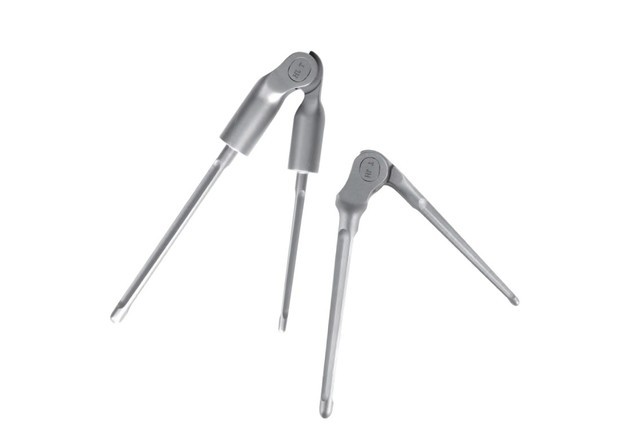
In the 1940s, researchers determined that titanium is a lightweight, strong, and biocompatible metal. Currently, the titanium alloy is used in orthopaedics for bone grafts, screws, plastic surgery, artificial heart membranes, and dental fixations. It has become the most frequently used metallic material in the medical field. Although titanium alloys possess favourable mechanical properties, their hardness is lower than that of cobalt alloys and their surface wear resistance is limited. In applications where wear is anticipated, the worn alloy may release toxic vanadium ions, which can lead to poisoning. Consequently, current research on titanium alloys focuses on vanadium-free compositions.
Shape Memory Alloys and Precious Metals
A shape memory alloy (SMA) is an alloy that retains its original shape and returns to its pre-deformed form upon heating. Presently, shape memory alloys are primarily manufactured from a nickel-titanium alloy, with cardiovascular stents serving as the primary application.
Precious metals typically include silver, gold, and platinum. These materials exhibit high chemical inertness and are used for components requiring long-term implantation. For example, gold dental restorations are utilised in the oral cavity with certain digestive enzymes for extended periods without loss of appearance. Additionally, the metals tantalum, niobium, and zirconium possess a structure similar to titanium and are generally incorporated into repair components made from titanium alloys. However, these metals are expensive and are not used on a large scale.

 Bars
Bars
 Beads & Spheres
Beads & Spheres
 Bolts & Nuts
Bolts & Nuts
 Crucibles
Crucibles
 Discs
Discs
 Fibers & Fabrics
Fibers & Fabrics
 Films
Films
 Flake
Flake
 Foams
Foams
 Foil
Foil
 Granules
Granules
 Honeycombs
Honeycombs
 Ink
Ink
 Laminate
Laminate
 Lumps
Lumps
 Meshes
Meshes
 Metallised Film
Metallised Film
 Plate
Plate
 Powders
Powders
 Rod
Rod
 Sheets
Sheets
 Single Crystals
Single Crystals
 Sputtering Target
Sputtering Target
 Tubes
Tubes
 Washer
Washer
 Wires
Wires
 Converters & Calculators
Converters & Calculators
 Write for Us
Write for Us
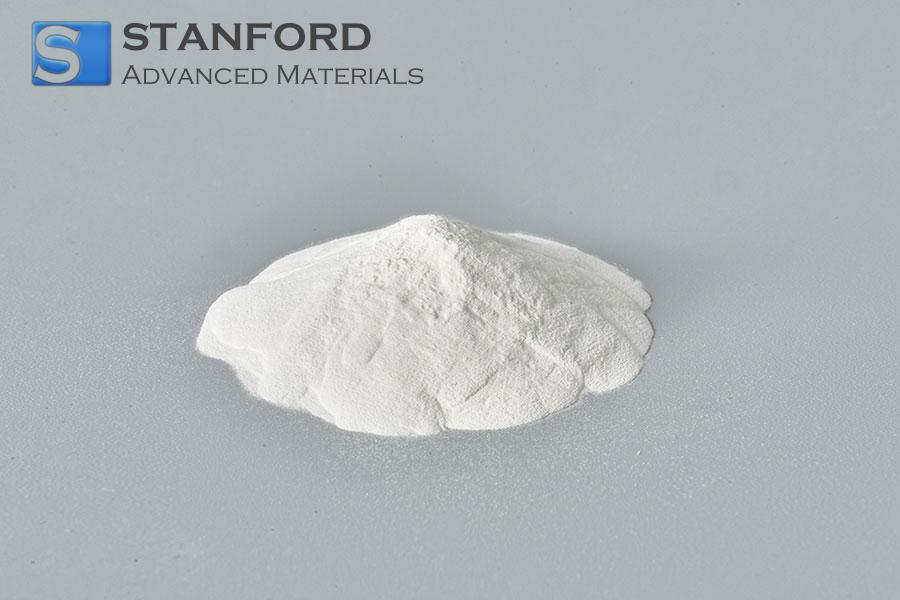
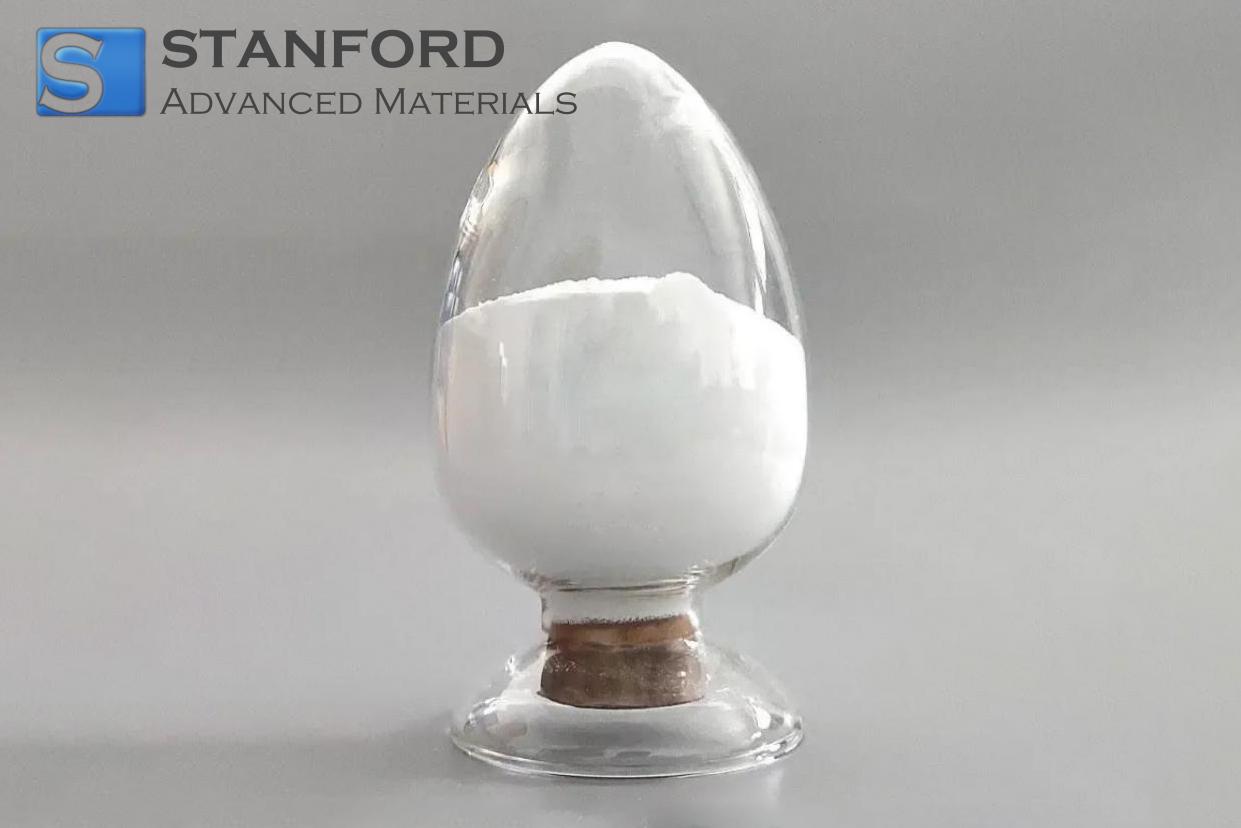
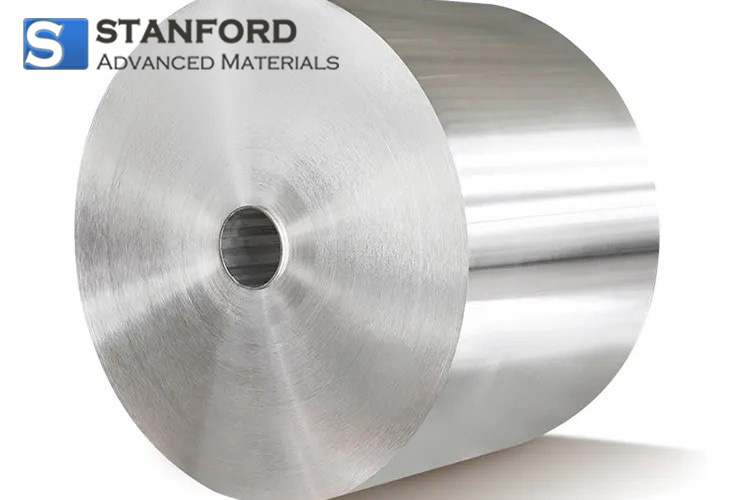
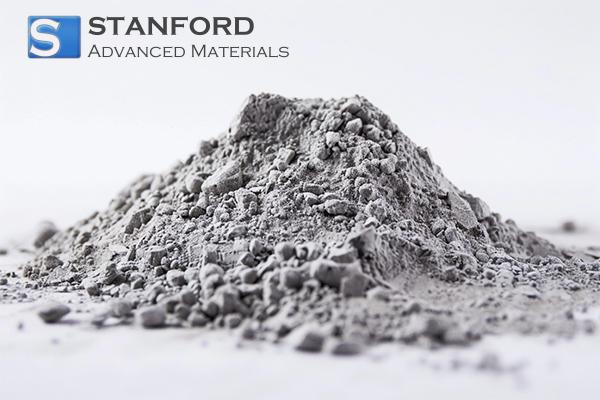
 Chin Trento
Chin Trento



